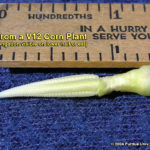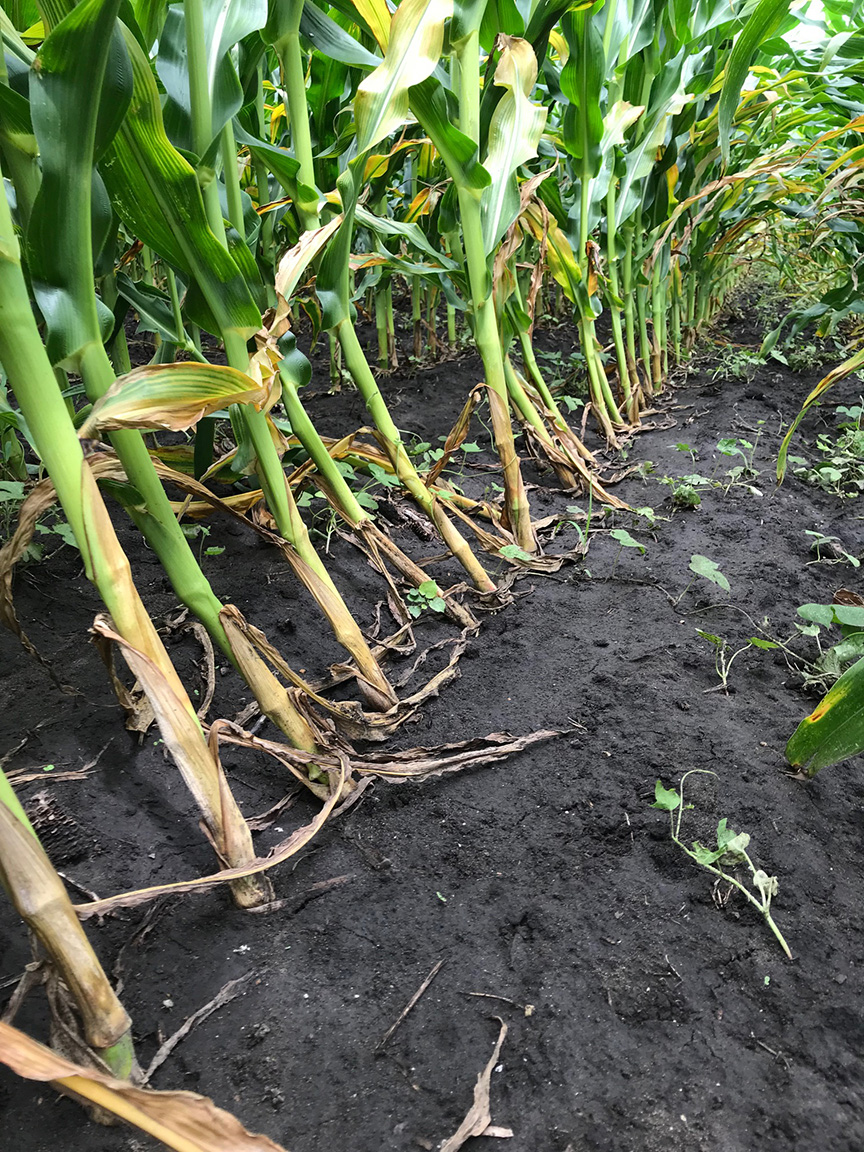
Total Precipitation June 28 – July 4, 2018

Total Precipitation June 28 – July 4, 2018

– Corn produces individual male and female flowers on the same plant.
– The ear represents the female flower of the corn plant.
– Severe soil moisture deficits can delay silk emergence and disrupt the synchrony of pollen shed and silk availability, resulting in poor kernel set.

Excessive rainfall and flooding often result in the loss of applied and soil-derived nitrogen (N).

Providing sufficient but not excessive nitrogen (N) to corn is difficult especially with fall and early spring fertilizer applications where N loss can vary substantially with the timing of the application relative to the occurrence of warm soil and excessive rainfall.

This past week we learned of a producer in a northwestern Indiana county that gambled by not protecting his continuous-corn from rootworm.
Our faithful pheromone trappers are back in business, as they are now monitoring for the emergence of western bean cutworm moths from the soil.

Japanese beetle are emerging and can be seen throughout the state on corn and soybean plants.
2018 Western Bean Cutworm Pheromone Trap Report

Depending on the year, Indiana’s corn crop typically enters the critical flowering stages of pollen shed and silk emergence sometime between late June to late July.
Intense rainfall events (technically referred to as “toad stranglers” or “goose drownders”) flood low-lying corn fields and create ponding (standing water) in poorly drained areas (depressions, compacted soil) within other fields.
© 2024 Purdue University | An equal access/equal opportunity university | Copyright Complaints | Maintained by Pest&Crop newsletter
If you have trouble accessing this page because of a disability, please contact Pest&Crop newsletter at luck@purdue.edu.